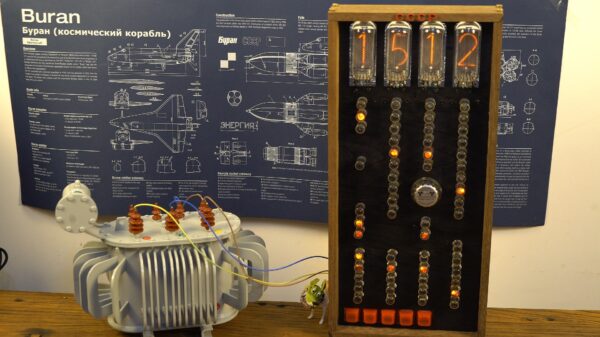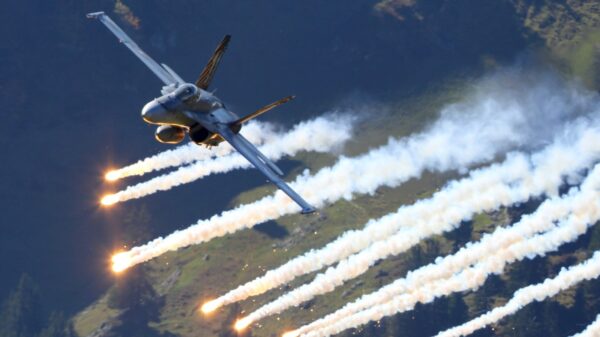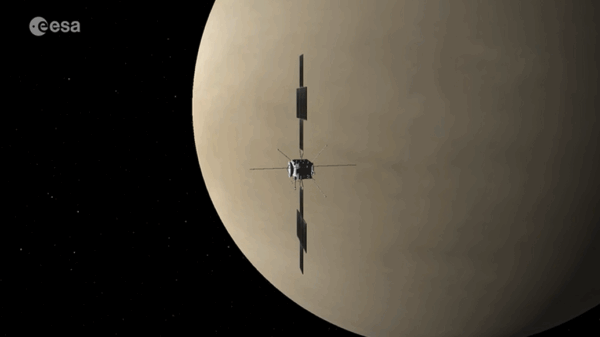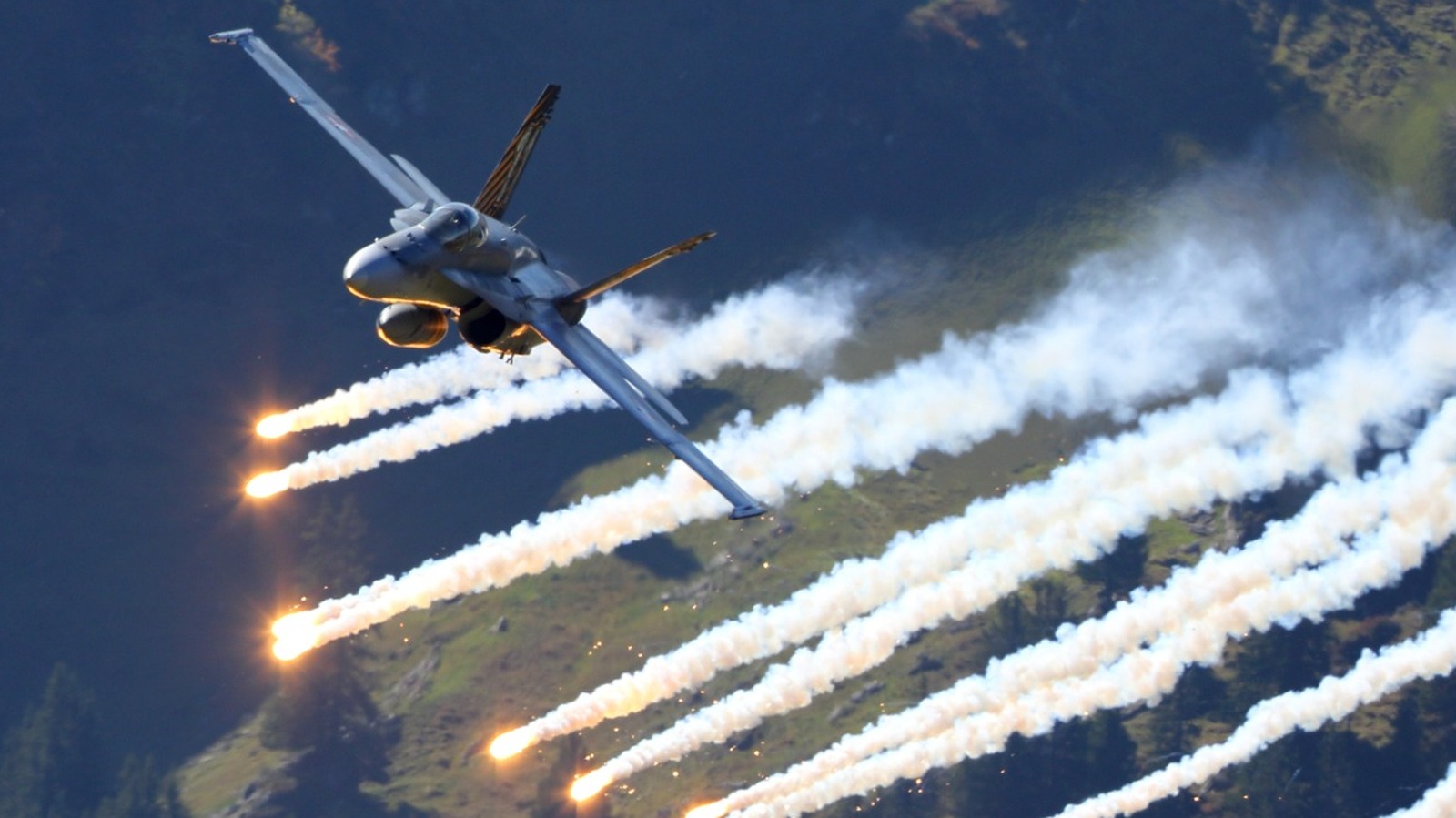Military aircraft utilize advanced countermeasures such as chaff and flares to protect themselves against incoming missiles. Both of these decoys serve crucial functions but operate differently. While chaff is designed to thwart radar-guided missiles, flares are specifically aimed at diverting heat-seeking missiles. Understanding how these systems work provides insight into the broader strategies employed in aerial defense.
Chaff: The Radar Distraction
Chaff consists of aluminum-coated glass fibers, each measuring approximately 0.75 cm, roughly the size of a smartphone’s charging port. When deployed, a single cartridge releases anywhere from 500,000 to 100 million fibers. According to the National Center for Biotechnology Information, these fibers create a radar-reflective cloud that generates numerous false targets, confusing radar-homing missiles and drawing them away from their intended target.
This form of countermeasure is particularly important given the increasing sophistication of radar-guided missiles used by various military forces. Fighter pilots from the NATO alliance often communicate the type of missile they have launched to alert their teammates and prevent friendly fire, although the aircraft targeted by the missile remains unaware of its specifics. Therefore, effective countermeasures like chaff are essential for enhancing survivability in hostile environments.
Flares: The Heat Countermeasure
Flares serve a distinct purpose, countering heat-seeking missiles. Typically made from magnesium, these devices burn at extraordinarily high temperatures, generating a heat signature that exceeds that of an aircraft’s engines. This crucial difference allows flares to draw the attention of incoming missiles away from the aircraft.
Modern fighter jets, such as the F-22 Raptor and F-35 Lightning II, incorporate stealth technology to further reduce their visibility on radar. By minimizing their radar cross-section and heat signature, these aircraft become harder targets for both radar-guided and infrared-seeking missiles. The F-35, for instance, employs advanced technology to decrease its thermal emissions, enhancing its effectiveness in evading detection.
In addition to these physical countermeasures, electronic warfare (EW) plays a vital role in modern military defense. EW techniques, often referred to as jamming, disrupt enemy radar systems by flooding the airwaves with electromagnetic noise. Various aircraft in the U.S. military’s inventory, including the F-15, F-16, and F-22, are equipped with EW capabilities.
The U.S. Navy operates dedicated EW aircraft, such as the EA-6B Prowler, which has served for over 50 years. This aircraft was eventually replaced by the EA-18G Growler in March 2019, a variant of the F/A-18 designed specifically for electronic warfare. Similarly, the U.S. Air Force utilizes dedicated EW platforms, including the Gulfstream G550-based EA-37B Compass Call and the C-130 Hercules-based EC-130H Compass Call, to enhance their operational capabilities.
Despite advancements in technology and the development of specialized aircraft, chaff and flares remain integral components of military aviation. Their ability to serve as a last line of defense ensures that military aircraft can respond effectively to the evolving threats presented by modern missiles. As aerial combat continues to advance, understanding these countermeasures becomes essential in grasping the complexities of military strategy and defense systems.


































































